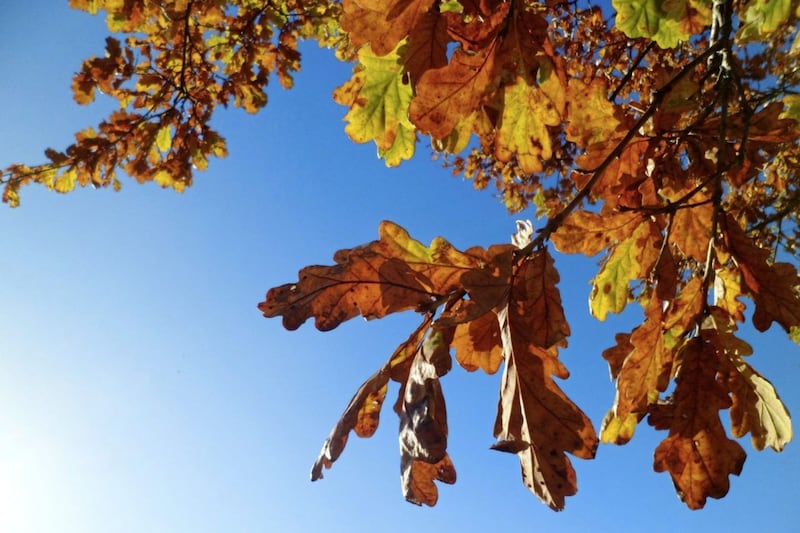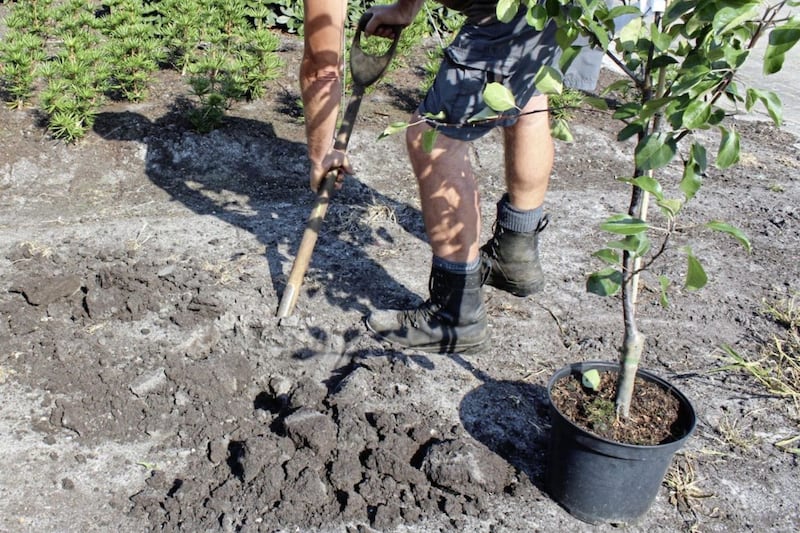HACKING back the knotted grass and pushing a spade into the ground, it sinks in with a squelch. Then prising back the indent, it is just a matter of inserting the bare-root sapling and letting the soggy earth close around it again by stamping down with a foot.
In an earlier planting cycle, the oak and Scots pine I planted on this patch of ground died before their first summer. I thought their roots would lap up the excess moisture in the ground and they would thrive, but they just wilted.
The ones I planted close by in drier, powdery soil are still going strong and have grown to well over two metres,
Now into my fourth year as an amateur forest grower, I have a feel for the patch of land: where the damp soil yields easily to a spade and where I need a pick to break through the surface.
In this small bramble and nettle-filled field I have planted out more than 200 native Irish trees and it is now starting to resemble a woodland.
The alder and willow I planted just two years ago in the soggy ground and alongside a small stream have shot up, some towering to four or five metres during the height of the summer.
Different types of trees prefer different soils, not just the moisture levels. Birch prefer acidic soils. Ash favour alkaline. Holly and hawthorn thrive in both. Although it is not an exact science, for I have alkaline-preferring oak side by side with rowan which tend to fare better in acidic soil.
Last summer was the first year that the wisps of twig that had looked so fragile and vulnerable when I first planted them began to look like trees.
In the winter the baby forest returned to its emaciated state, with just the Scots pine, holly and a single yew remaining vibrant green among the yellowing and browning wilt of their fellow trees.
The blackened knuckles on the twigs of the ash trees are still tightly clenched and it will be April before they break open to release their fingers of leaf.
The coppery remains of last year’s oak leaves are still hanging on to the branches but the first bubbles of green have just started to appear and in a week or two should erupt into life.
However, the longer days and warmer weather also bring new challenges as it is not just the trees that revive. The brambles are still there, and the nettles, and the long ungainly grass that grows waist high, as well as some lanky weed that I have never been able to identify.
In a few years when the trees have matured a bit more they will form a canopy and the growth on the forest floor will be more subdued. Until then it is just me and scythe.
I can almost sense the trees tensing when the see me come. More than one promising young sapling has fallen victim to my careless swinging. But they are resilient as well. One young birch which I thought I’d felled a couple of years ago has made a comeback. Although just half the height of those surrounding it, it has a sense of defiance, almost as if it is waiting until it is big enough to pop a root out of the ground to trip me up.





